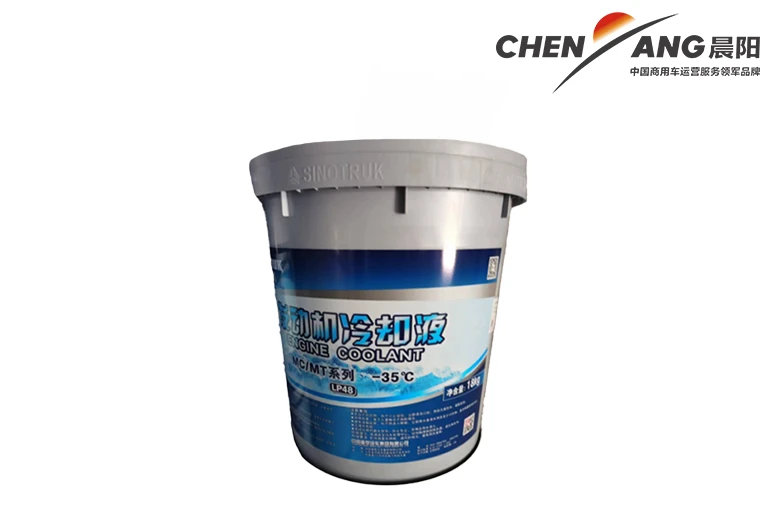auxiliary transmission
The Role of Auxiliary Transmission in Modern Automotive Engineering
In the intricate world of automotive engineering, auxiliary transmissions play a critical role in enhancing vehicle performance, efficiency, and versatility. As vehicles evolve to meet the demands of modern transportation, the incorporation of auxiliary transmission systems has become increasingly prevalent. This article delves into the functionality, benefits, and advancements of auxiliary transmission systems in contemporary vehicles.
Auxiliary transmissions refer to additional gear systems that complement the primary transmission of a vehicle. While the primary transmission is responsible for transferring power from the engine to the wheels, auxiliary transmissions can offer alternative gear ratios, specialized driving modes, and enhanced torque distribution. These systems are often found in heavy-duty vehicles, such as trucks and buses, and in high-performance sports cars, where optimal power management is crucial.
One of the most notable benefits of auxiliary transmissions is their ability to improve torque output, making vehicles more capable of handling steep inclines and towing heavy loads. By providing additional gear ratios, auxiliary systems allow drivers to select the most efficient power band for specific driving conditions. This capability not only enhances performance but also reduces wear on the primary transmission, leading to longer vehicle lifespan and improved maintenance cost efficiency.
Moreover, auxiliary transmissions can contribute significantly to fuel economy. By allowing engines to operate within their optimal RPM ranges more effectively, these systems reduce unnecessary fuel consumption. In applications such as off-road vehicles, where varying terrains demand different power settings, an auxiliary transmission can optimize both speed and power distribution, ensuring that the vehicle performs efficiently regardless of environmental challenges.
auxiliary transmission

The advent of hybrid and electric vehicles has also spurred innovations in auxiliary transmission design. These vehicles often require complex power management systems to seamlessly integrate battery power with traditional combustion engines. Auxiliary transmissions in hybrid applications can facilitate this integration, enabling smoother transitions between different power sources and maximizing the efficiency of energy use. This is particularly important as manufacturers strive to meet stricter environmental regulations and consumer expectations for sustainable mobility solutions.
In recent years, advancements in technology have further enhanced the functionality of auxiliary transmissions. The integration of electronic control systems allows for more precise control over gear selection and power distribution, enabling real-time adjustments based on driving conditions and driver input. Additionally, the development of advanced materials and design techniques has led to lighter, more compact systems that do not compromise vehicle performance.
Despite their advantages, the implementation of auxiliary transmissions does come with challenges. The complexity of these systems can lead to increased production costs and potential maintenance issues. Nonetheless, the benefits they offer in terms of improved performance, efficiency, and versatility often outweigh these challenges, especially in specific applications where they provide critical advantages.
In conclusion, auxiliary transmissions are an essential component of modern automotive design, bringing significant improvements in performance, efficiency, and capability. As technology continues to advance, the role of these systems is only expected to grow, paving the way for more sophisticated, reliable, and fuel-efficient vehicles. The automotive industry is poised to embrace the potential of auxiliary transmissions, ensuring that the vehicles of the future can meet the demands of both drivers and the environment. As we look ahead, the enduring impact of auxiliary transmission systems will be felt across various segments of the automotive market, reinforcing their status as a cornerstone of modern engineering innovation.
-
SINOTRUK HOWO 84 Electric Dump Truck for Eco-Friendly Heavy HaulingNewsJul.26,2025
-
The Fast 16-Gear Manual Transmission Assembly for Heavy TrucksNewsJul.25,2025
-
Mercedes Benz Actros 1848 42 Tractor Truck for Sale - Reliable PerformanceNewsJul.24,2025
-
High-Quality Water Pump Assembly for Sinotruk Trucks – Durable & ReliableNewsJul.23,2025
-
Premium Truck Engine Antifreeze Coolant Fluid for Heavy Duty VehiclesNewsJul.22,2025
-
FOTON View G7 Mini Bus: Affordable & Spacious TransportNewsJul.22,2025
Popular products

























